Table of Contents
From the HS Mathematics Department
Business Mathematics – Grade 12
Students explored more problem based learning projects on vehicle transportation and housing costs. Students were given situations whether it is more cost efficient to buy a brand new vehicle, rent or lease a vehicle, and whether it is more cost efficient to buy a new house or rent a house or an apartment. They explored further factors that would influence their decision when purchasing a house or a vehicle. The students looked into car dealerships and real estate websites and experienced what it entails to purchasing or renting a car/house.
Precalculus – Grade 10/11
Students in Precalculus are now using Analytical Geometry which involves trigonometric equations and identities. Trigonometric equations and identities have many real-life applications such as measuring friction, modeling the height above the ground of a seat on a Ferris wheel (because we use that information everyday:)) , projectile motion, and measuring ocean depth. In order to successfully implement these applications to real-world problems, students must learn strategies for simplifying expressions and solving equations using and verifying identities and solving trigonometric equations in various forms.
Algebra 2 – Grade 10
During this term, students in Algebra 2 have covered Exponential and Logarithmic Functions, Rational Functions, and Data Analysis and Statistics. They will continue this unit by working on Sequences and Series. These particular topics are an integral part of higher mathematics and provides a solid foundation for Precalculus and AP Calculus.
Geometry – Grade 9
When mathematics meets the arts. Students have recently been exploring polygons, transformations of these polygons on the coordinate plane using matrices and extended this knowledge in making tessellations. Prior to making and designing their own tessellations, students looked at the work of a famous Dutch artist, MC Escher. They have discovered that there is can be Mathematics involved in creating tessellations. They were given the option to start with their favorite similar regular shapes and applied reflections, rotations and translations to obtain a variety of patterns. Students have distorted the regular shapes to form figures of animals. They have also researched naturally occurring tessellations and investigated on how it is used in the field of architecture.
AP Calculus (AB/BC) – Grade 11/12
The students in AP Calculus (AB/BC) have been working hard for the last three quarters. The class is now learning about the applications of integrations. This is the last topic they need to learn for this class. The rest of the 4th quarter will be spent preparing for the AP examinations.
AP Calculus BC
The students in AP Calculus BC is on the right track to completing all the required topics. They are now currently learning about Integration techniques. They need to tackle Infinite Series and Parametrics Equations to complete all the topics needed for this class. Soon, they will be ready to take the AP Exam.
Middle School English Language Arts
Over the last few weeks of the 3rd Quarter, the 6th, 7th, and 8th grade have been studying the structure of expository essays as they work towards composing their own. In 6th grade, students have been focusing specifically on “cause and effect” essays as they had spent some time prior to that analyzing the differences between various types of expository writing.
The last couple lessons have involved creating flow charts for cause and effect “events” and then formulating thesis statements based off of their flowcharts. The 7th and 8th grade are in the process of creating their final drafts for their self-selected expository essay topics. This is the culmination of a lot of hard work where they built their essay step by step starting with brainstorming and researching topics to composing well-structured concluding paragraphs and then finally rendering proofread drafts.
A go to activity this year for English class has been Inside/Outside Circles (see photos). This cooperative learning strategy can be conducted in a variety of ways. In the most recent iteration, students were each given a card with a discussion prompt. Students then lined up according to the month in which they were born and then split in half where one half formed an inside circle facing out and the other half formed an outside circle facing a partner on the inside. Students on the outside of the circle then posed their question to their partner on the inside of the circle.
After each pair took turns sharing their responses, the students then traded their cards. Then the outside members rotated clockwise to pair up with a new inside partner to repeat the process. At certain points the teacher inserted himself into the activity to challenge students to elaborate on their response or to paraphrase their partner’s answer. This strategy encourages students to share their insights and get out of their seats. It also activates the cognitive domains of thinking, speaking, and listening.
We hope to engage in more interactive learning strategies in the coming quarter and look forward to a strong finish to the school year!













